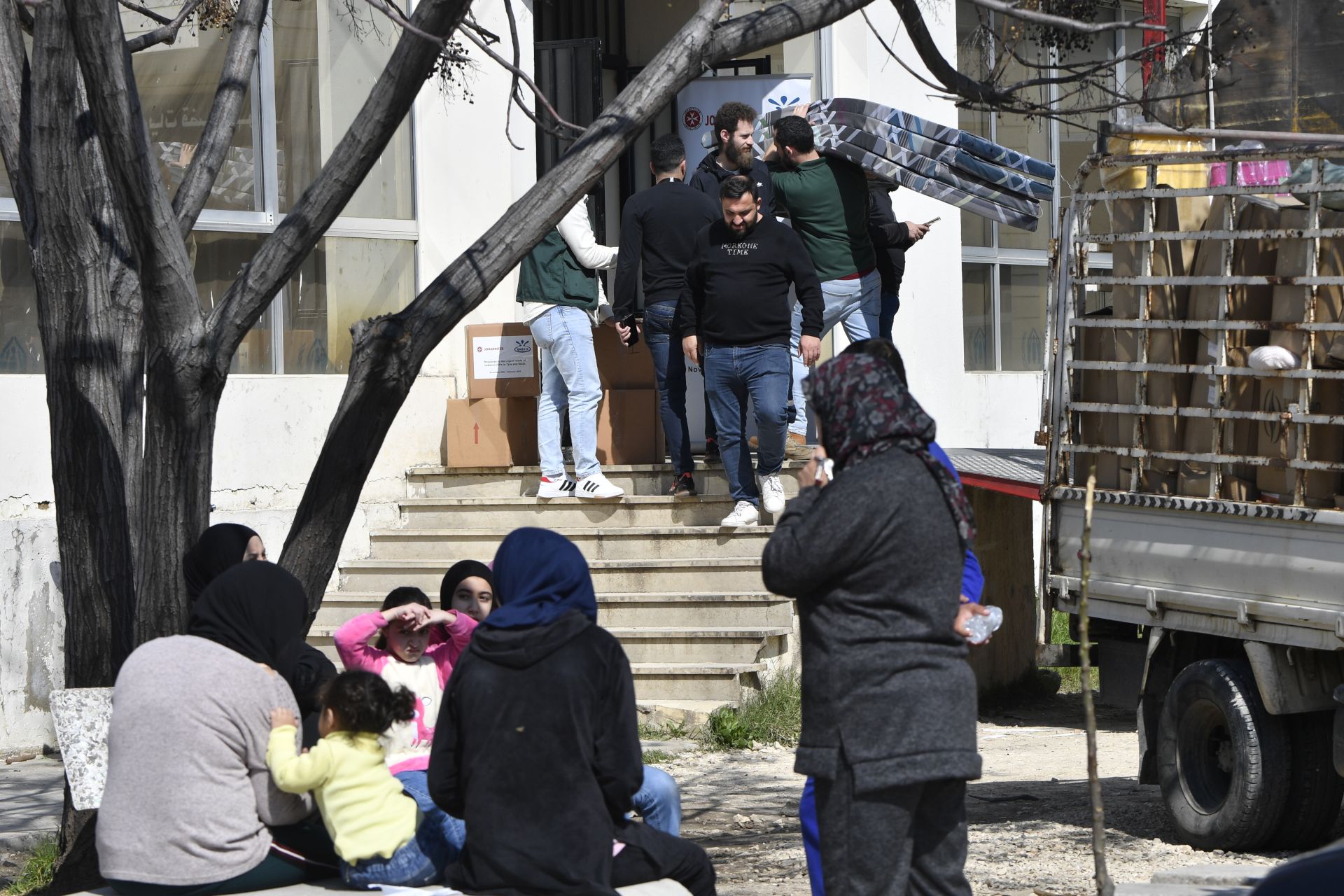Israeli warplanes recently conducted 10 raids on Wadi Saluqi in southern Lebanon, the valley nestled between the villages of Chakra and Hula. This valley holds a peculiar place in my memories, serving as a conduit for impossible events and strange tales. The attacks rekindled long-dormant memories of the area, interspersed among stories from my childhood and the secrets uncovered when the Israeli occupation of the region ended 24 years ago.
My cousin Wajdi established an agricultural project there after the Israeli army withdrew from the surrounding hills in 2000. Meanwhile, my childhood friend Bashar hailed from the village of Hula. As my father regaled us with imagined stories of grazing hyenas, the valley served as a buffer between us and Israel, particularly the cliffs between Mays al-Jabal and Hula, bordering the Menara kibbutz. It became a repository of stories, many likely woven from the fabric of imagination. Herds of wild pigs supposedly roamed from farms in Israeli settlements, yet we never laid eyes on them during our summers spent on the valley’s edges. Similarly, the “Saluqi River” existed solely in the tales spun by our community.
Al-Saluqi is an extension of the more renowned Wadi al-Hujair, known for its association with the al-Hujair Conference of 1920, where regional dignitaries declared their participation in the Great Arab Revolt led by the Emir Faisal in Damascus. This conference marked an early division in Lebanon, between factions eager to integrate with the broader Arab struggle and those favoring a more insular “Small Lebanon” identity. Wadi al-Hujair gained further fame during the 2006 “Tank Battle” fought by Hezbollah against Israeli forces, in which the group halted an Israeli advance of Merkava tanks. Today, this valley represents a modern-day schism within Lebanon, epitomizing the divide between Hezbollah, which supports Hamas in southern Lebanon, and other Lebanese factions advocating for neutrality.
During my adolescence, we ceased venturing into the Saluqi Valley as it transformed into a front separating Israeli territories from what we would call “liberated areas.” In my mind, Chakra became synonymous with insecurity; I couldn’t sleep in our house there without a weapon, warding off the ghosts of Antoine Lahad and Saad Haddad, the leaders of the notorious collaborationist militias, and later, Israeli commando units that infiltrated and destroyed over 10 of our relatives’ homes between 1979 and 1982. Saluqi Valley became a mythical bastion of commando units, dividing us from the occupied town of Hula, where the Lahad Army’s presence loomed.
Months before the Israeli withdrawal in 2000, I was dispatched by the London-based newspaper Al-Hayat to cover the preparations. Crossing from the Marjayoun border into Bint Jbeil, I gazed upon my hometown of Chakra from the vantage point of Lahad Army soldiers. It felt closer than I had ever imagined.
Now, Israeli planes have returned to bomb the valley after nearly two decades of liberation. My cousin Wajdi remains there with his agricultural project, while new buildings and resorts dot the valley’s roadsides. Despite the semblance of peace and people resuming farm work on both sides, caution still lingers as I traverse the rugged terrain of Hula toward my village. I find myself pondering Wajdi’s decision to establish his arboretum there, amid the specter of looming danger.
As war revisits the valley, old stories, worn down by years of liberation, resurface at the mere mention of Israeli raids. The hyenas of my childhood stories are gone this time, and Doubiyeh Castle, once a repository of the secrets of the occupation, may now be a target for bombing. I think of relatives who built homes on either side of the valley post-liberation, perhaps too hastily. Zaher and Rashid from the west, Salma, Youssef, Ibrahim and Ahmed from the east. If I were in their place, I wouldn’t have made the same choice. It’s not because I anticipate war but because the valley still holds the echoes of the hyenas and wild pigs from my childhood tales, even if, in reality, our community’s stories have been lost to time. Is this the residue of war’s memory, or the lingering emotions forged during those tumultuous years that we’ve struggled to shake off in the wake of “peace”? If so, this suggests an entire generation is without memory.
Today’s war in the valley is mundane, its secrets confined to the events unfolding within. Yet with each Israeli raid, I’m transported back to Wajdi’s arboretum or Zaher’s home, each bend in the road leading to Saluqi or the garden of Walid, our friend from Sidon and the husband of our cousin, who built a house there after the liberation. Unlike the wars of the past, where places and homes didn’t evoke memories, today’s bombings resurrect a past steeped in myth and reality. Doubiyeh Castle, once a distant enigma, now embodies our shared history, a contested relic between the villages of Chakra and Hula.
This article was originally published in Arabic by Daraj.
“Spotlight” is a newsletter about underreported cultural trends and news from around the world, emailed to subscribers twice a week. Sign up here.



